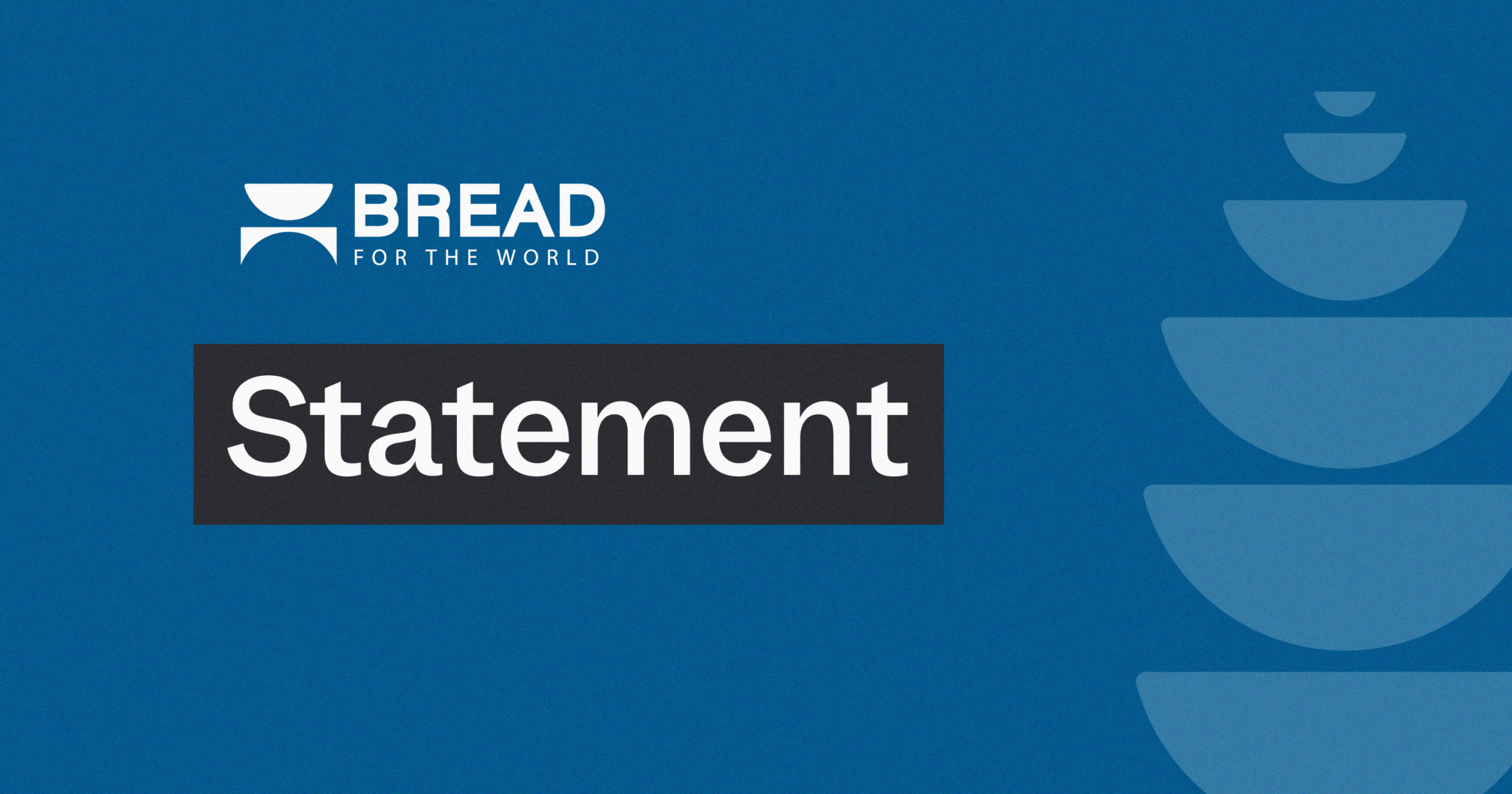Food Insecurity Rates Continue Downward Trend, but Remain Higher than Pre-Recession Levels
In 2017, 11.8 percent of households in the U.S.—40 million people—were food-insecure, meaning that they were unsure at some point during the year about how they would provide for their next meal. While the number of food insecure households is still too high, it has been declining since the post-recession high of 14.9 percent in 2011.
Unfortunately, the overall food insecurity rate has not recovered to pre-recession levels. In 2007, 11.1 percent of U.S. households experienced food insecurity, compared to 11.8 percent in 2017. At the rate of decrease we saw this year, the United States would not end hunger until 2040.
All the nations of the world have agreed on development goals for 2030, including the goal of ending hunger. To end hunger by 2030, our country needs to see the same decreases it saw from 2014 to 2015, when the rate of food insecurity declined at a statistically significant rate of 1.3 percent. Ending hunger by 2030 will require strong political commitment and a comprehensive approach to address hunger’s root causes and accelerate progress.



